Text

Window to the Cosmos
#goforqueuedeploy#space#spaceflight#space exploration#space science#space and astronomy#astronomy#cosmos#science#tech#technology#engineering#stem#nasa#nasa iss#international space station#space station#astronaut#astronauts#nasa astronaut
326 notes
·
View notes
Text
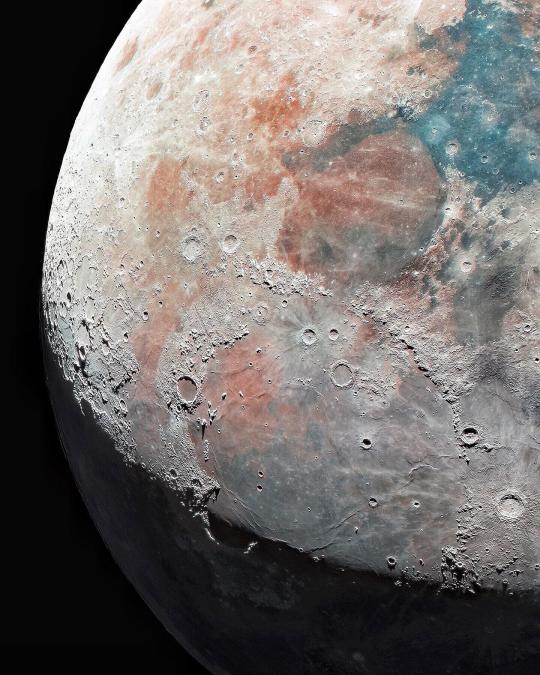
The Moon, as seen through an 8" telescope.
(©)
#daily moon#goforqueuedeploy#space#spaceflight#space exploration#space science#space and astronomy#astronomy#cosmos#science#tech#technology#engineering#stem#moon#the moon#luna#lunar#telescope#amateur astronomy#amateur photography#space pics#moon photography#space photography#astrophotography
205 notes
·
View notes
Photo

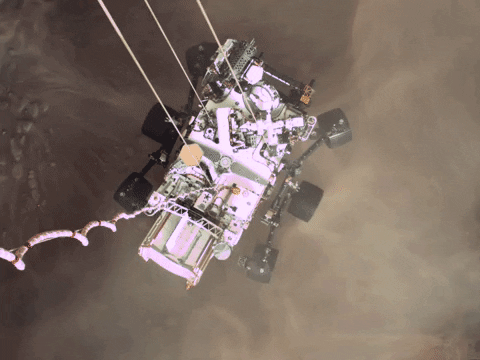
Landing of NASA’s Perseverance Mars rover
#go for queue deploy#nasa#mars#rover#perseverance#mars rover#nasa gif#mars 2020#mars landing#nasa mars#nasa perseverance#robot#robotics#astrobiology#Space and Astronomy#space#spaceflight#space exploration#space travel#mars exploration#science#technology#stem#nasa mars2020#gif
159 notes
·
View notes
Note
Is space tbe place right now?

ye
3 notes
·
View notes
Text
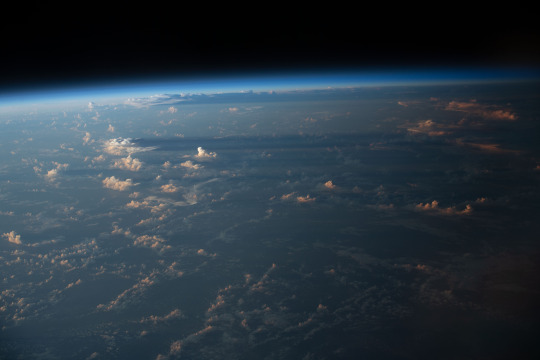
Cloud shadows stretch across the Earth during an orbital sunset as the International Space Station soared 258 miles above the Atlantic coast of Suriname in South America.
#goforqueuedeploy#space#spaceflight#space exploration#space science#space and astronomy#astronomy#cosmos#science#tech#technology#engineering#stem#nasa#international space station#nasa iss#astronaut#astronauts#earth#sunset#orbital sunset#orbit#earth from space#clouds#meterology
35 notes
·
View notes
Text

NASA astronaut Sunita Williams, Expedition 32 flight engineer, appears to touch the bright sun during the mission's third session of extravehicular activity (EVA).
#goforqueuedeploy#space#spaceflight#space exploration#space science#space and astronomy#astronomy#cosmos#science#tech#technology#engineering#stem#nasa#astronaut#spacewalk#eva#astronauts#nasa astronaut#touch the sky#sun#star
31 notes
·
View notes
Text
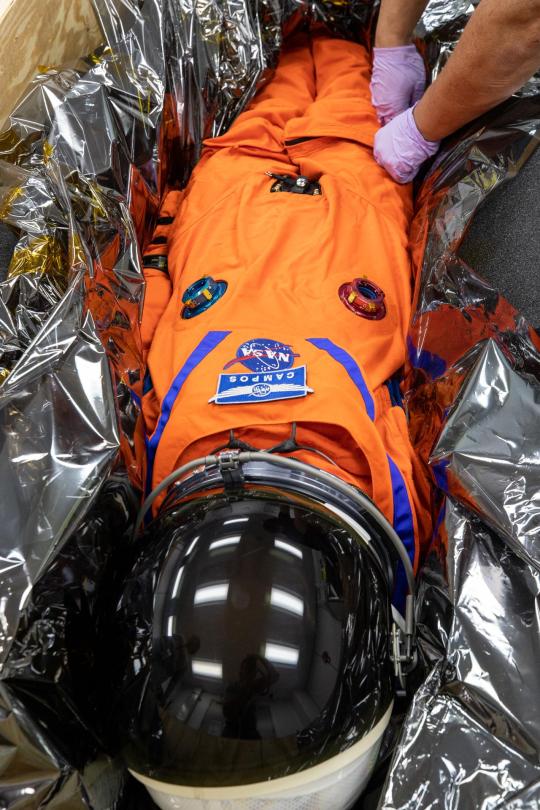
Commander Moonikin Campos, a sensored stand-in for humans that traveled into deep space and around the Moon aboard NASA’s Artemis I mission, is packed within its transport crate for its trip back to Johnson Space Center.
#goforqueuedeploy#nasa#artemis#moonikin campos#nasa artemis#space#spaceflight#space exploration#space science#space and astronomy#astronomy#cosmos#science#tech#technology#engineering#stem#astronaut#space suit#artemis program#artemis 1
21 notes
·
View notes
Text
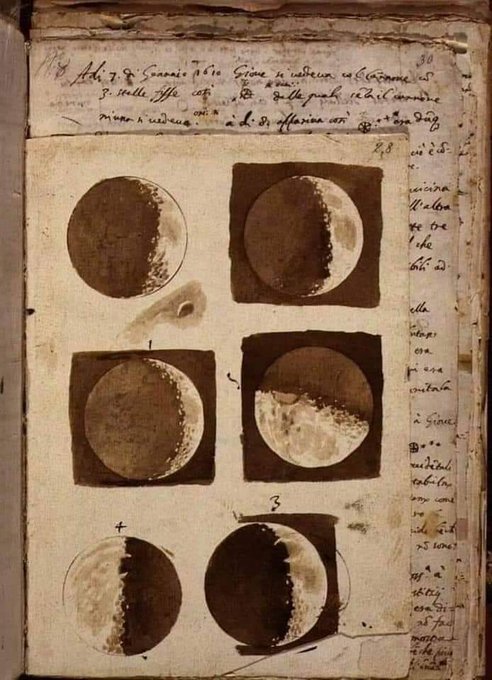
Galileo Galilei's first drawings of the Moon after seeing it through his telescope in 1609
#daily moon#goforqueuedeploy#space#spaceflight#space exploration#space science#space and astronomy#astronomy#cosmos#science#tech#technology#engineering#stem#galileo galilei#galileo#history#solar system#moon#planets#telescope#science history#sketch#drawing
116 notes
·
View notes
Text

Phobos eclipses the sun, as seen from the martian surface by NASA's Perseverance Mars rover.
#goforqueuedeploy#space#spaceflight#space exploration#space science#space and astronomy#astronomy#cosmos#science#tech#technology#engineering#stem#mars#nasa#nasa perseverance#perseverance#mars2020#nasa mars#maritan#eclipse#phobos#solar system#sun#planet#moon#robots#rover#mars rover
45 notes
·
View notes
Text

The launch of USSF-67 aboard a SpaceX Falcon Heavy rocket was spotted from the International Space Station!
#spacex#falcon 9#falcon heavy#ussf 67#space#spaceflight#space exploration#space science#space and astronomy#astronomy#cosmos#science#tech#technology#engineering#stem#nasa#international space station#space force#military#iss#nasa iss
49 notes
·
View notes
Text
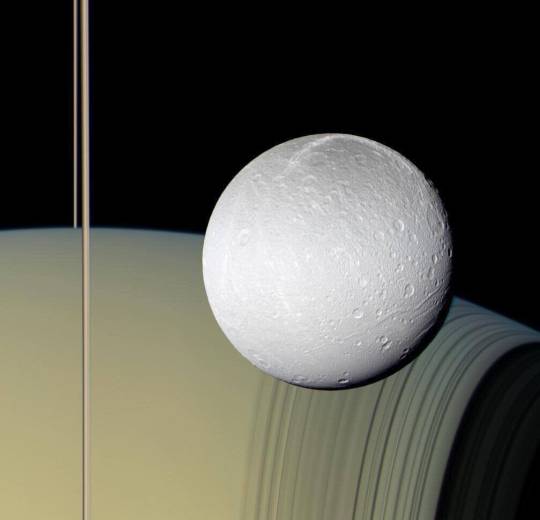
Saturn and Dione, captured by NASA Cassini.
#go for queue deploy#nasa#nasa cassini#cassini#saturn#dione#solar system#planet#moon#space#space exploration#probe#satellite#space photography#space and astronomy#astronomy#spaceflight#outer space#space program#science#technology#engineering#stem#exploration#space is cool
215 notes
·
View notes
Text
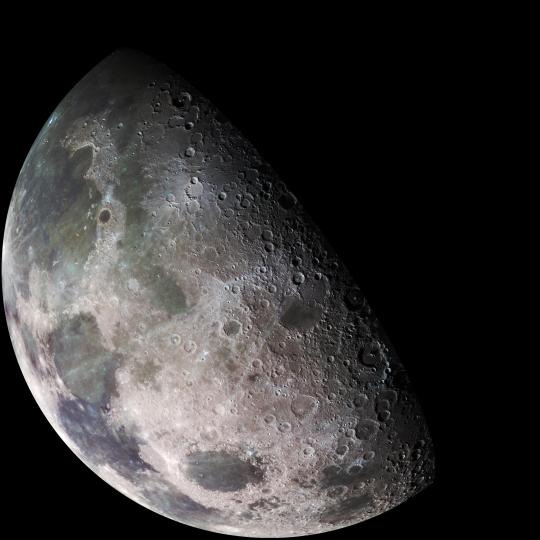
The north pole of the Moon is characterized by a lack of large impact craters and an abundance of small, relatively young craters. The surface at the north pole is also covered in a layer of ice, which is thought to have been deposited by comets impacting the Moon's surface. The area has some of the most rugged and mountainous terrain on the Moon.
#nasa#space#space exploration#science#solar system#planets#moon#the moon#lunar#space photography#space and astronomy#astronomy
88 notes
·
View notes
Text

Pillars of Creation, as seen by NASA JWST
#go for queue deploy#nasa#nasa jwst#jwst#james webb telescope#space telescope#telescope#space and astronomy#space#spaceflight#space exploration#pillars of creation#nebula#stars#star dust#star#outer space#space is cool#space program#astronomy#science#technology#engineering#stem#exploration#explore#astrophysics#space photography
296 notes
·
View notes
Text
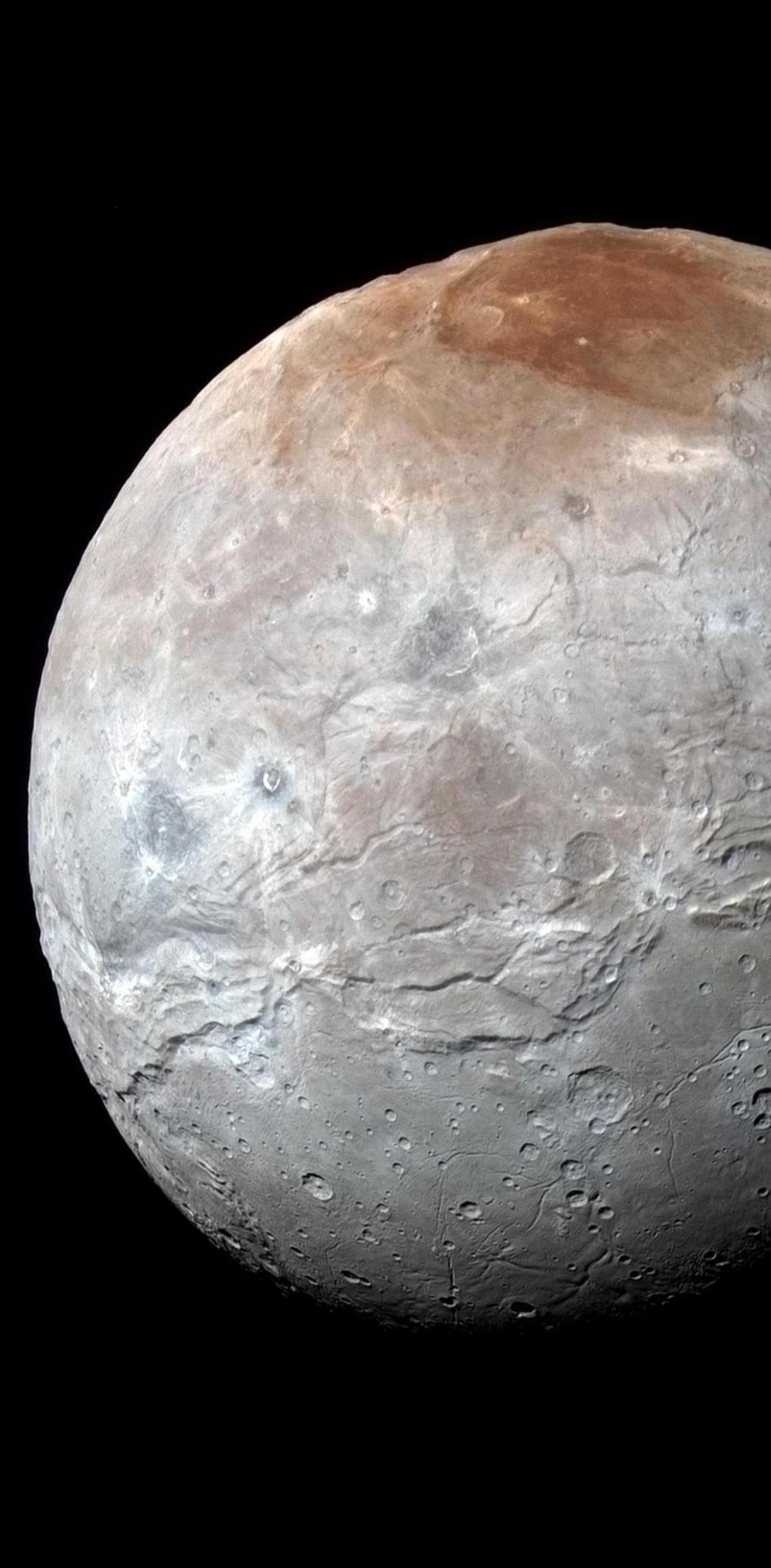
Charon, moon of Pluto.
#go for queue deploy#nasa#new horizons#pluto#charon#solar system#planet#moon#space#spaceflight#space exploration#satellite#probe#pluto charon binary system#outer space#space is cool#space photography#space program#science#technology#engineering#stem#explore#exploration#space and astronomy
800 notes
·
View notes
Text
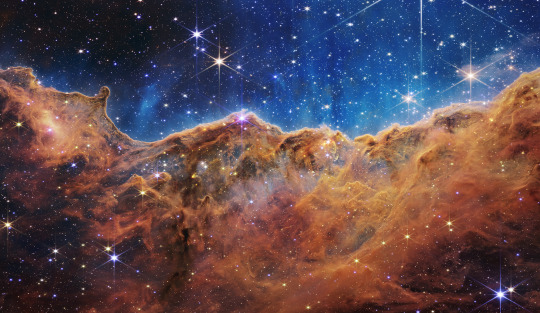
The "Cosmic Cliffs" in the Carina Nebula are regions of dense gas and dust that have been sculpted by intense radiation and winds from massive stars. These cliffs are thought to be the result of the process of photoevaporation, in which intense ultraviolet radiation from hot, massive stars heats and ionizes the surrounding gas, causing it to expand and erode away the surrounding dust and gas. The cliffs are also shaped by the strong stellar winds from the massive stars, which can compress and shape the gas and dust in the region. The cliffs are known to be a site of active star formation.
#nasa#jwst#james webb telescope#space telescope#nebula#space#outer space#space and astronomy#astronomy#cosmology#cosmos#astrophysics#space photography#stars#universe#science
128 notes
·
View notes
Text
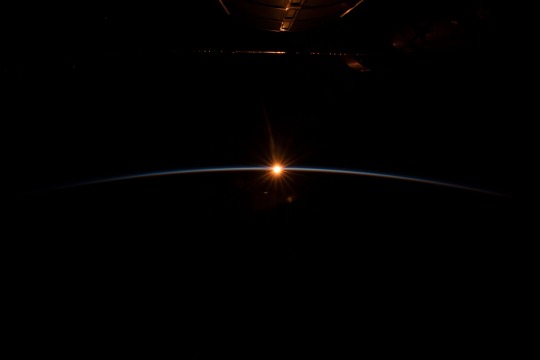
Orbital sunrise on the International Space Station
#go for queue deploy#nasa#space#spaceflight#science#engineering#space exploration#spacecraft#technology#stem#international space station#iss#nasa astronaut#astronauts#astronaut#sun#sunrise#orbit#orbital#earth#planet earth#home
27 notes
·
View notes
Text
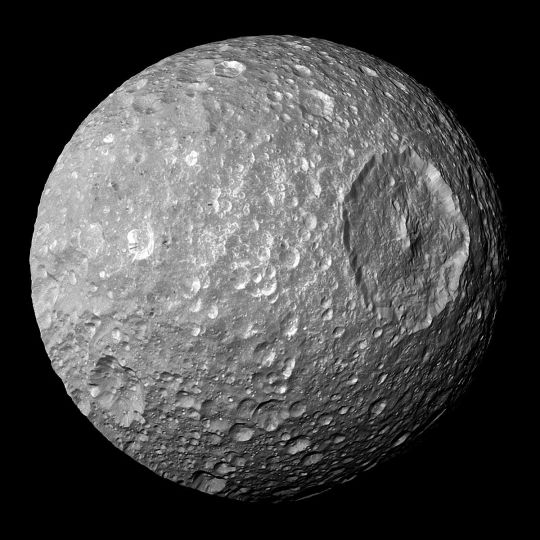
Mimas, Saturn's "Death Star" moon.
#nasa#cassini#nasa cassini#saturn#mimas#star wars#death star#moon#planet#solar system#space#spaceflight#space exploration#satellite#probe#planets#outer space#space is cool#space photography#space program#space and astronomy#science#technology#engineering#stem#exploration
96 notes
·
View notes